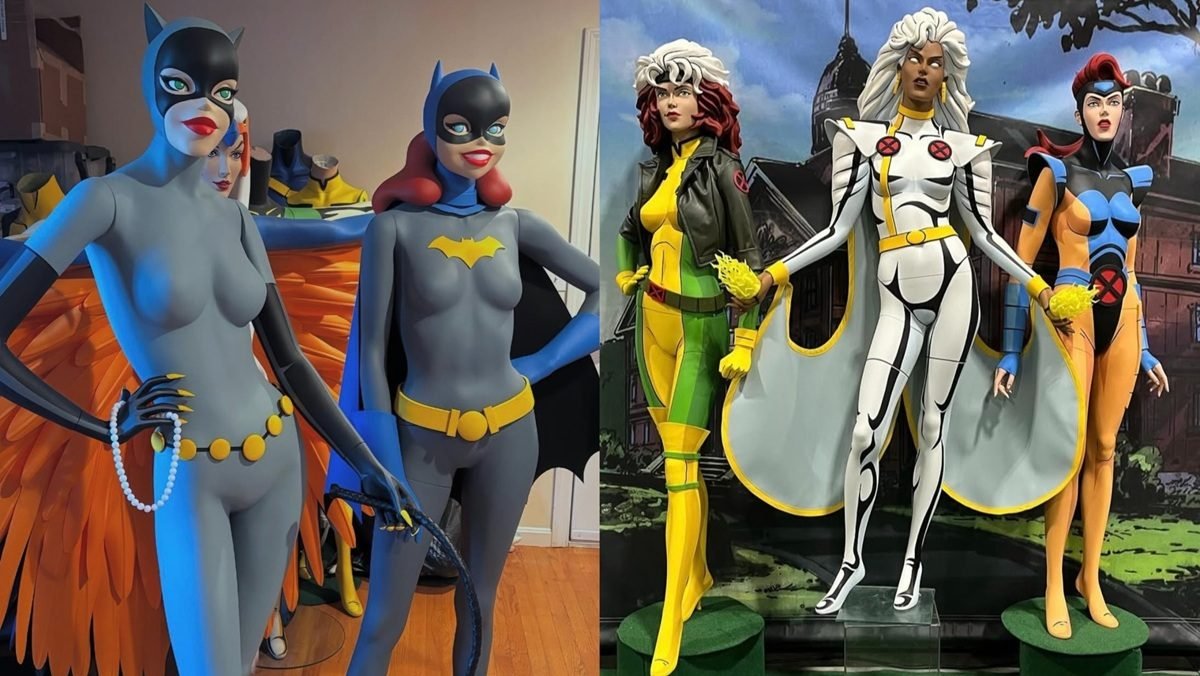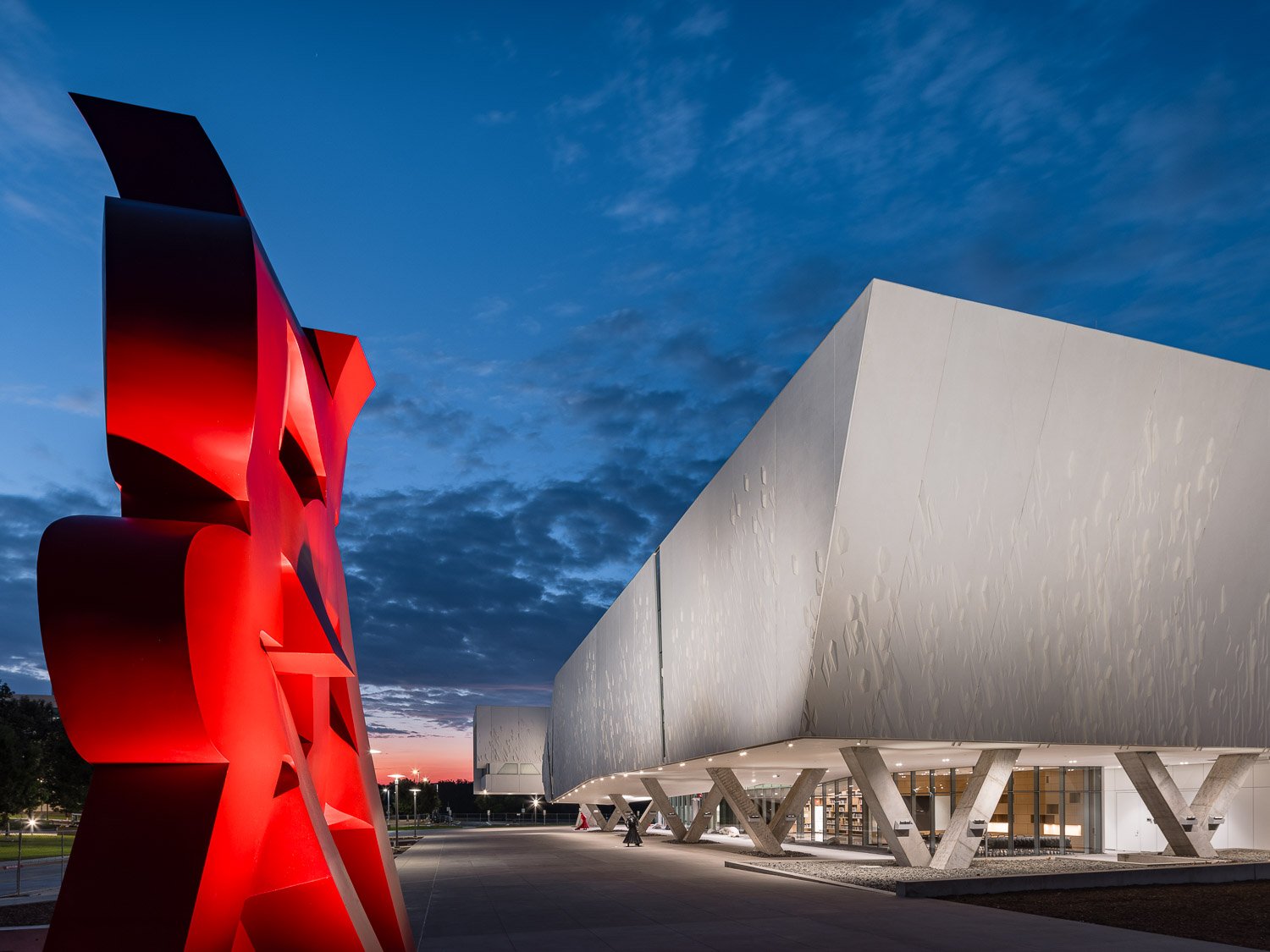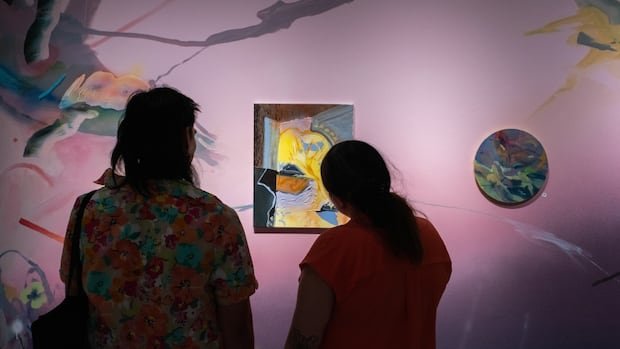Yreina D. Cervántez


A third-generation Chicana born in 1952 in Garden City, Kansas, Yreina D. Cervántez works across painting, printmaking, and muralism. She became an activist during her high school years, founding a chapter of United Mexican American Students (later renamed MEChA) at Westminster High School in Orange County, California. In 1970 she attended the Chicano Moratorium, a demonstration in East L.A. against the high death toll among Chicanos during the Vietnam War; that year she also enrolled as an art student at the University of California, Santa Cruz.
In the late 1970s, Cervántez became an artist in residence at Self-Help Graphics, where she would produce numerous prints over the course of her career. In 1999 she curated an atelier of prints by 11 women artists including Barbara Carrasco, Yolanda López, and Delila Montoya. She has also been involved with Mujeres de Maiz (“women of the corn”), an organization promoting art and wellness founded by artists in 1997.
At the core of her practice is the centering of women’s lives and their experiences, as well as environmental justice and immigration. Her works, which are equally informed by Mesoamerican mythology and philosophy, Mexican art traditions, and Chicanx poetry, are often dense and layered, frequently multipaneled, and at times depict multiple scenes in one work. Among her most famous murals is La Ofrenda (1990), an offering of sorts to activist Dolores Huerta (a cofounder of the United Farm Workers) that centers the contributions of Chicanas to the Chicano Movement. Located on Toluca Street below the First Street Bridge in downtown Los Angeles, the mural shows Huerta at its center, with various objects—candles, calla lilies, incense—and images of the farm workers for whom she advocated swirling around her. At the right is a reproduction of a poem by Gloria E. Anzaldúa, whose concept of nepantla, or “in-between-ness,” is a central point of departure in Cervántez’s art, as seen in one of her most famous prints, Nepantla Triptych (1995–96).
Another mural, a collaboration with Alma Lopez, La Historia de Adentro/La Historia de Afuera (1995), was created to represent the diversity of Huntington Beach, which through its beach culture has often been depicted as a white enclave. After the work was defaced and had begun to deteriorate, the work was whitewashed in 2009, despite Cervántez’s and Lopez’s offer to conserve it. All that remains are ceramic tiles that they incorporated into the piece. —M.D.






